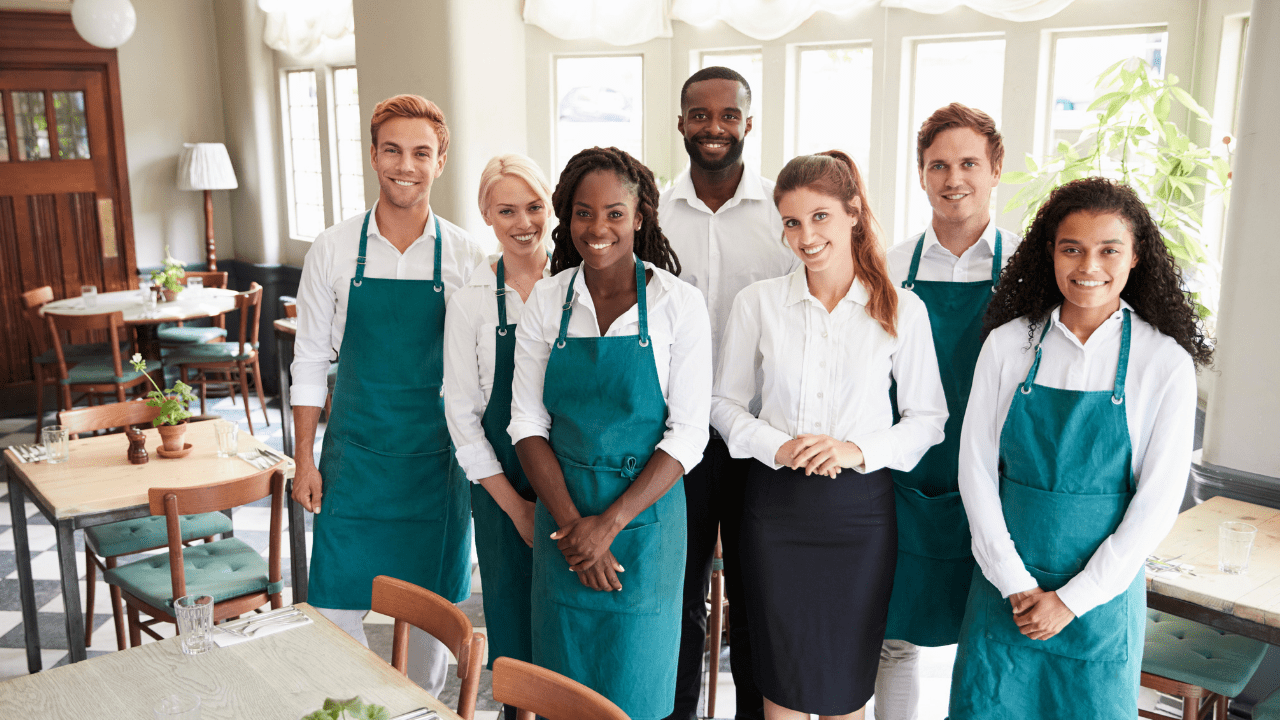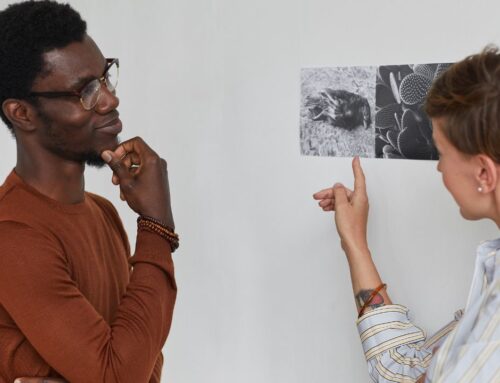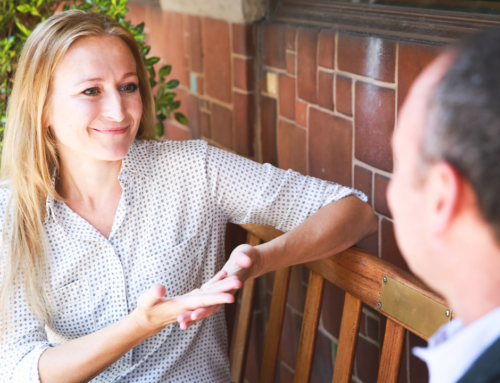Make no mistake about it: Despite the pandemic’s huge impact on the dining industry, deaf and hard of hearing Americans still crave good customer service – as much as they crave a good meal itself.
According to the National Restaurant Association, 6 in 10 adults have changed their restaurant usage behaviors as a result of the delta variant. But in the dining and accommodations sector, 2021 sales are expected to rise nearly 20% from 2020 lows, to $789 billion.
This rebound brings a new opportunity to redefine how the restaurant business operates – including how they serve the third largest market segment, deaf and hard of hearing customers. Masked servers, partial-capacity dining, “streeteries”, and surge in takeout and delivery are new trends in the pandemic era. But the hunger for connection over a meal has always been so timeless.
It even has a name among deaf and hard of hearing people who are left wanting to connect with others over a meal: “Dinner Table Syndrome,” one of the many topics covered in deaffriendly Consulting’s newly-launched training course, Deaf-Friendly Dining. The latest in our suite of training tools, this self-paced, five-module video training is designed to empower those in the dining industry to better understand deaf and hard of hearing customers.

“The dinner table every night is full of struggles. Imagine a time when you’re supposed to connect with your family and you can’t,” shared Vicki Moseley, deaffriendly Consulting’s lead trainer for the Deaf-Friendly Dining course. “I used to eat as fast as I could, then leave to cry in the bathroom.”
But over time, she found empowerment: “I learned at a young age how to advocate for myself working in the restaurant industry, as my grandfather and father operated a family business of three BBQ restaurants and a catering business in Texas.”
In addition to these valuable lived experiences as a deaf restaurateur, Moseley brings a wealth of experience about deaf-friendly workspaces: In 2006, she co-founded Communikation Works!, with the mission to train and support companies in developing more inclusive, less isolating workplaces for deaf and hard of hearing employees.
She believes that micro-shifts in how employees and managers serve deaf and hard of hearing customers makes a huge difference in their dining experience.
In this 60-minute training, Moseley guides participants through a smorgasbord of tips, high-impact “micro-actions,” facts about the U.S. deaf and hard of hearing demographic, their communication modalities, and breaks down seven case studies based on real consumer reviews in restaurants on flagship review site, deaffriendly.com.
The modules, which are all captioned and include voiceover with sign language, also include 10 tips for better communication with deaf people.
The deaffriendly website, launched in 2012, includes thousands of reviews on restaurants in 49 states across the U.S. In fact, there is no other industry that has more review
Course case studies reflect actual deaf experiences – with different 1- to 5-star ratings – at establishments ranging from fast food restaurants to luxury steak dining. Each is designed to help participants better understand deaf and hard of hearing customers, whether they physically walk through their door or place an order over the phone or online.
For a visual glimpse of Vicki’s teaching style, check out her 2016 deaffriendly Customer Service Training at Rachel’s Ginger Beer.
The Deaf-Friendly Dining course is priced at only $147 per person and is completely self-paced for the unpredictable hours within the dining industry.
Register today and you will uncover the skills that have helped thousands of customer service professionals confidently interact with deaf and hard of hearing customers – and add massive VALUE to their place of business.




